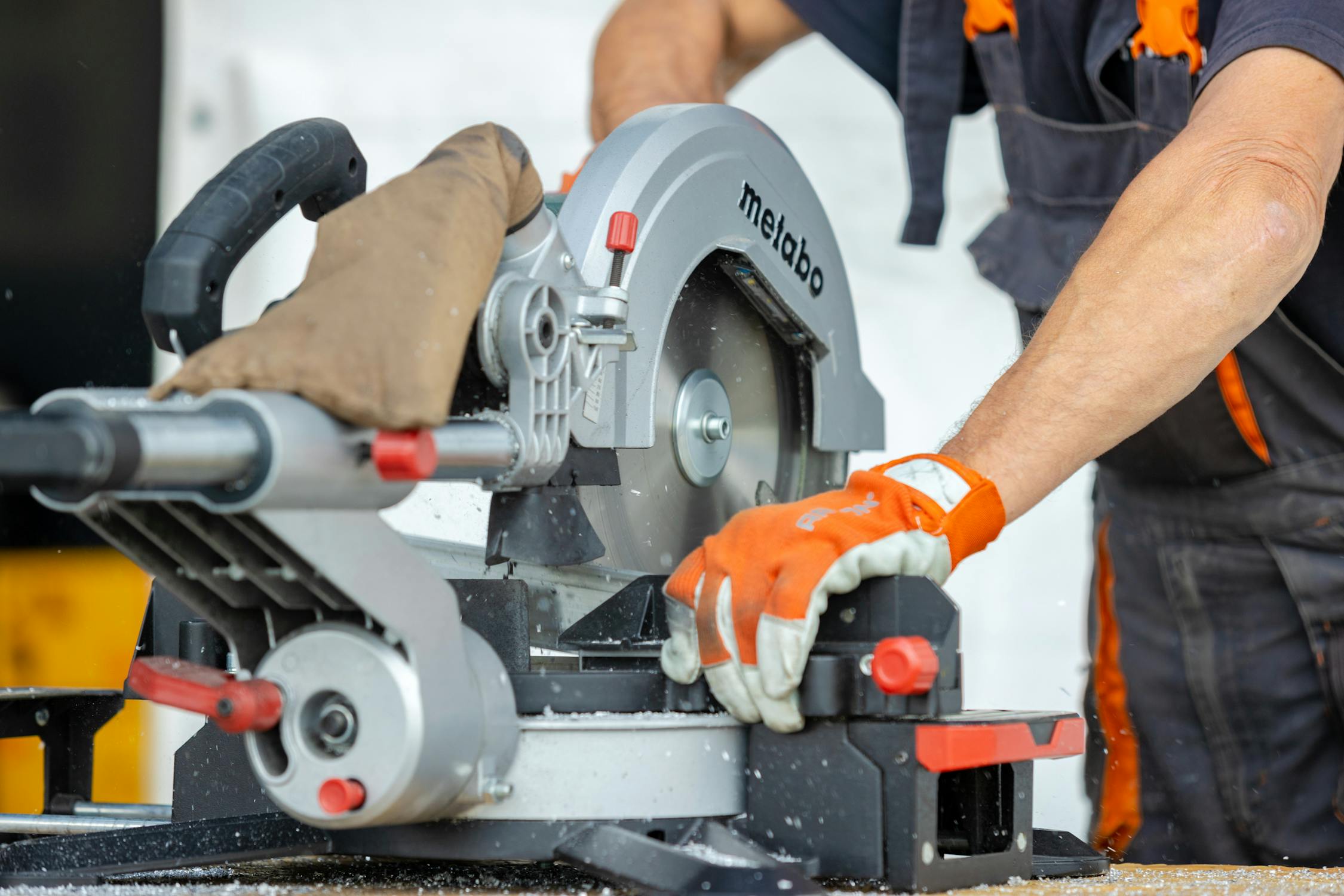
Scheduling Fire Safety Checks
· Nathan Croxton · 2 min read
Maintaining Fire Compliance
The Annual Fire Safety Statement is a vital component in building safety. It demonstrates a building’s compliance with local fire safety standards, representing a year of diligent testing and maintenance of fire safety systems. This statement is key in ensuring occupant safety, offering reassurance to both building owners and residents.
Fire Safety Standards
Each state and territory in Australia, along with New Zealand, has its own set of fire safety standards and reporting processes, exhibiting slight variations in requirements and documentation, such as the Annual Fire Safety Statement in New South Wales and the Building Warrant of Fitness in New Zealand.
| State/Territory | Document/Process |
|---|---|
| New South Wales (NSW) | Annual Fire Safety Statement (AFSS) |
| Victoria (VIC) | Annual Essential Safety Measures Report (AESMR) |
| Queensland (QLD) | Form 16 – Inspection Certificate/Aspect Certificate/QBCC Licensee Aspect Certificate |
| Western Australia (WA) | Building Safety Compliance or Essential Safety Measures Compliance report |
| South Australia (SA) | Maintenance Statement for essential safety provisions |
| Tasmania (TAS) | Compliance with Building Act 2016 |
| Australian Capital Territory (ACT) | Annual Fire Safety Assessment |
| Northern Territory (NT) | Compliance as per the Fire and Emergency Regulations |
| New Zealand (NZ) | Building Warrant of Fitness (BWOF) |
Testing within Apartments
A critical component of annual fire alarm testing involves gaining access to apartments to test the smoke alarms and sounders within each unit. This requires careful planning and coordination with residents to ensure minimal disruption while adhering to safety protocols.
Notification to Residents
Residents should be notified well in advance of the testing schedule. This notification should include the date and time of the test, its importance for safety, and the estimated duration. It’s also helpful to inform them about what the test will involve.
Scheduling and Access Arrangements
For buildings with many units, it might be necessary to arrange specific time slots for each apartment. This can be done through a sign-up system or by assigning predetermined times. Clear communication about when technicians will require access is crucial.
If you would like to understand how you can leverage Onsite in your operations, speak to our friendly team, or begin your free trial today.



